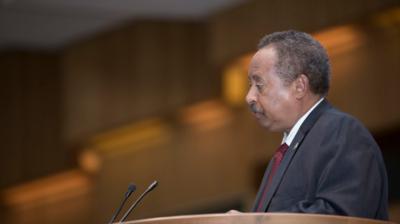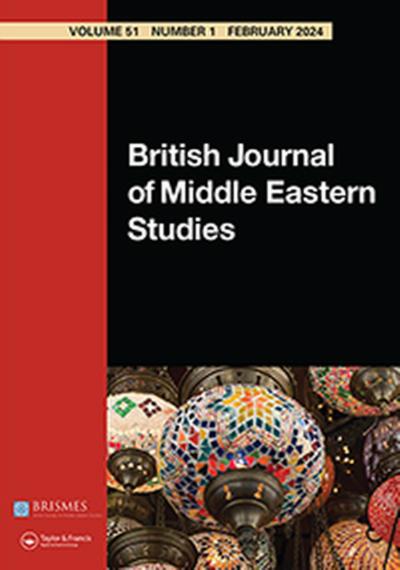From dominant to competitive party system: The Zambian experiences 1991-2001
In this article we analyse the changes in the party system in Zambia in the period 1991 to 2001. Based on changes observed in terms of the number of parties, their relative size, ‘ideological distance’ and interaction patterns, we characterize the changes as movement from a dominant to a competitive party system after the 2001 elections. In the second part of the article we explain the changes and contend that the structure of political institutions in Zambia encouraged the formation of multiple parties. It is assumed that the development of a more competitive party system would ease the process of democratic consolidation by providing the electorate with electoral alternatives. However, as the emerging party system is fragmented, and several of the newly formed parties may be transient in character, it is doubtful whether these alternatives would contribute to improving democracy in Zambia.



